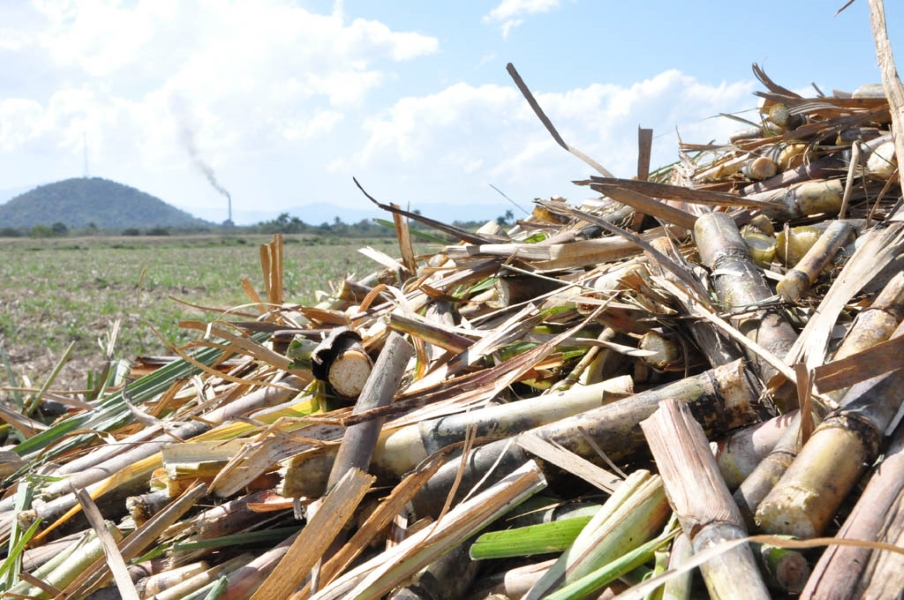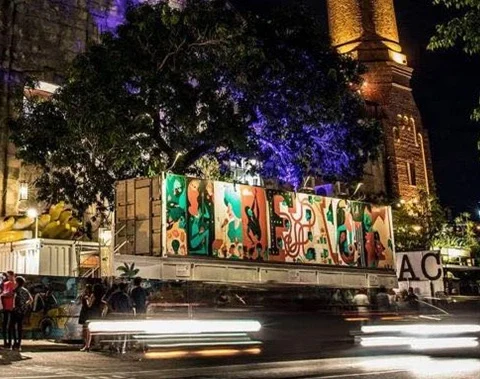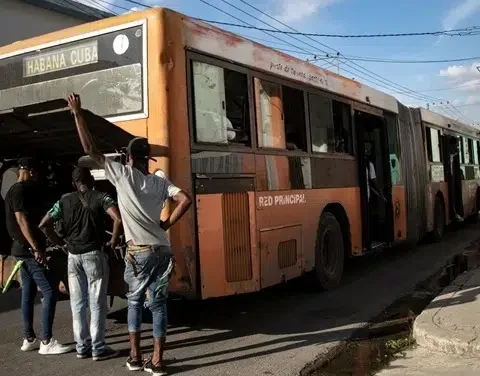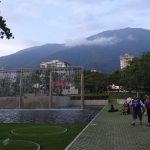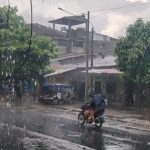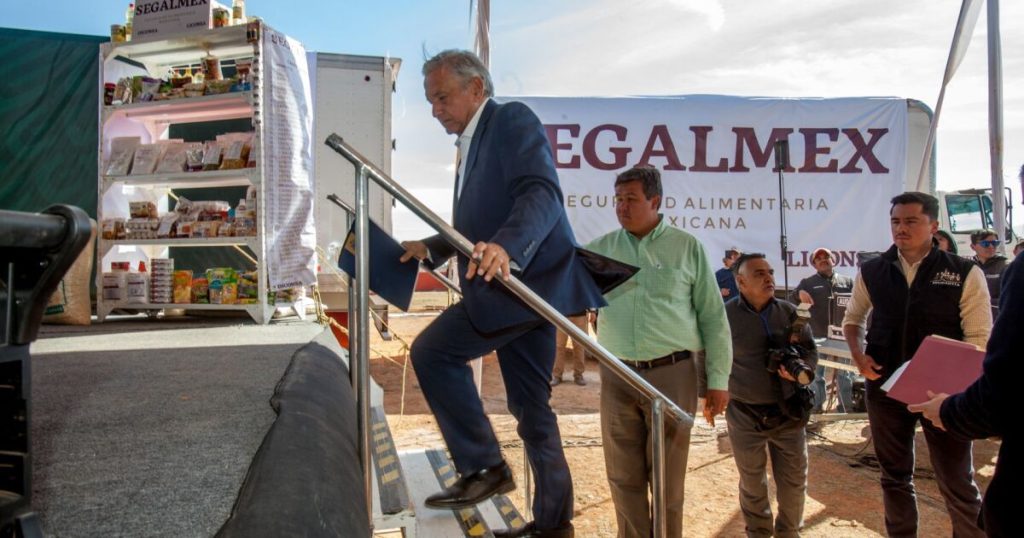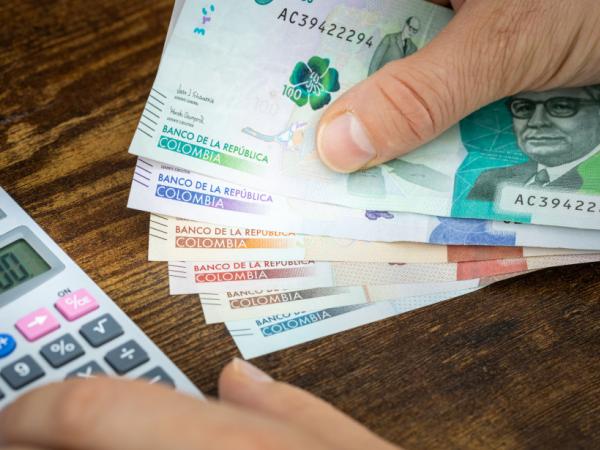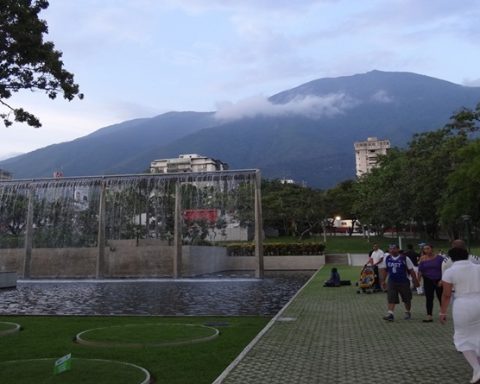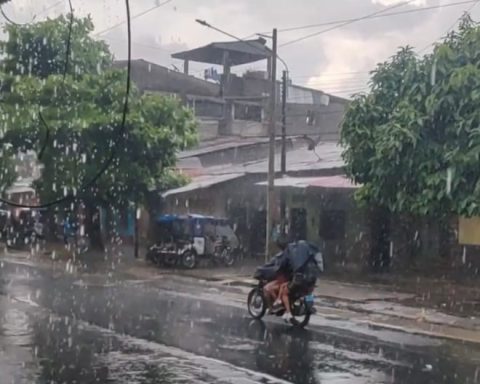AREQUIPA, Peru – During the last sugarcane planting campaign in Las Tunas, only 38% of the plan was planted, and the current pace of the cold season in which the sector is immersed is not meeting the goals either.
This is how an official report, published by Cubadebatesugar production in the Las Tunas region, one of the countries with the greatest potential for this activity. “Judging by the current situation, the threats hanging over the sustainability of production like the sword of Damocles are real,” the state press notes.
In the period between December 2020 and June 2024, the decrease in sugarcane plantations amounted to more than 33,000 hectares (ha), which represents 48% of the land allocated to these plantations, which extends over 96,902 ha, and already amounts to a total of more than 55,000 hectares empty, 58% of the land assigned to this crop.
At that stage, all the sugar agro-industrial companies in Las Tunas showed an unfavorable situation, since Colombia decreased by 78%, Amancio (66%), Antonio Guiteras (41%) and Majibacoa (50%).
According to the note, sugarcane plantations are decreasing at an accelerated rate as a result of “repeated non-compliance” with sowing plans and the cultural attention to these crops, which is influenced by the “known limitations” of resources and inputs and “subjective obstacles”.
The Castro press points out among the subjective causes the resistance of Cubans to work in the sugar industry and “the creation of labor collectives” in Las Tunas.
“More can be done,” say Communist Party authorities in the province, while acknowledging the challenge that the lack of fuel, lubricants, tires, batteries and other resources poses to agricultural mechanization.
At the national level, the situation is similar. Last July, during the debate of the Agri-Food Commission in the National Assembly of People’s Power, it was revealed that, in order to advance with the fulfillment of the deficient sugar harvestthe regime incorporated Cuban prisoners.
Deputy Amaury Depestre, from the province of Cienfuegos, director of the 14 de Julio sugar mill, said that, due to “migration in the sector,” they resorted to “labor” other than that which worked in the harvest.
He explained that in order to complete the work and comply with the plan, they had to find “extra staff”, including 113 inmates.
“We must work together, the Governments, the Party, the central“We must all look for solutions to develop the harvest. We must unite now for the next one,” he said.
Several deputies, including the one from the Remedios municipality, in the province of Villa Clara, referred to the fluctuation of personnel as one of the problems that influenced the disastrous 2023-2024 sugar harvest.
He also argued that workers should be encouraged, not only through salary, but also “engaged.”
“The monetary part has a lot of influence, but so does the attention. Sometimes you can solve problems for workers, which can affect their performance,” he said.
During the harvest, some 750,000 tons were affected; 16,000 hectares were not cut and remained in the fields.
